This article will address how to examine your pet’s mouth, how to treat dental infections, what happens if you do not have your pet’s teeth professionally cleaned, how to provide good home care, and a few comments about anesthesia free dentistry.
Bad breath can be caused by oral problems or even stomach and upper intestinal disease, but 95% of the time bad breath in dogs and cats is due to dental infection. As plaque builds up and then calcifies into tartar and calculus, bacteria invades the tissues around the teeth causing infection. This is perhaps the most common disease we see among our patients at Animal Care Clinic. Luckily it is treatable and preventable.
How can I tell if my pet has a dental infection?
Normal teeth in dogs and cats are very white – whiter than most human teeth! There should be no yellow or brown staining or any areas that look like plaques of brownish material. The gum tissue should be pink and have sharp edges. The veterinary nurses and doctors at Animal Care Clinic will check your pets’ teeth with every examination, but you should examine your pets’ mouths at least monthly to look for signs of infection.
 |
 |
Normal teeth and gums for both dogs and cat – white and pink! No red or brown!
You can see the front teeth by simply lifting the upper lip. To look further back in the mouth (where most infection will hide) you will need to pull the corner of the mouth back at the same time that you lift the upper lip. Be sure to look at both sides. Some animals will resist this. Just bring them in and we can show you a few tricks on how to get a peek inside.
If you notice any discoloration of the teeth, your pet is on the way to infection. If the gums are reddish near the teeth or if you notice areas where the gums are thickened or missing, you are seeing signs of infection. Broken or missing teeth are always a concern that requires veterinary attention. Cats may develop red spots on the teeth. These are a type of cavity that is extremely painful and should be treated right away. If you notice any lumps, bumps or masses in the mouth be sure to have those evaluated immediately.
 |
 |
A cat and dog with calculus build-up along with red and inflamed gums
How is dental infection treated?
 Just as is true with people, dogs and cats need their teeth cleaned professionally on a regular basis. The frequency that cleanings are needed depends partly on diet, home care and types of chew toys, but is mainly determined by genetics and pre-existing dental health. Larger dogs tend to develop less plaque and tartar than smaller dogs. Some dogs and cats have more minerals in their saliva and thus make more tartar and calculus.
Just as is true with people, dogs and cats need their teeth cleaned professionally on a regular basis. The frequency that cleanings are needed depends partly on diet, home care and types of chew toys, but is mainly determined by genetics and pre-existing dental health. Larger dogs tend to develop less plaque and tartar than smaller dogs. Some dogs and cats have more minerals in their saliva and thus make more tartar and calculus.
Once plaque mineralizes (calcifies), it cannot be removed by toothbrushing – a professional cleaning is required. We clean pets’ teeth under anesthesia to prevent pain and to allow us to access all surfaces of all teeth. At Animal Care Clinic, a complete dental cleaning involves pre-cleaning antibiotics, ultrasonic scaling, hand scaling and polishing of all surfaces of every tooth. One of our veterinarians will perform a complete oral exam to determine if there are any areas of bone loss, any loose or broken teeth, any cavities or any masses or other lesions. If an area of suspicion is found, we are able to take high quality dental x-rays and then perform any treatments that might be needed without scheduling a second anesthetic procedure. Our doctors all have outstanding dentistry skills. Many of the veterinarians in this area refer their more complicated cases to us! If you would like to see a video showing a “dog’s eye view” of dentistry at Animal Care Clinic, click this link to check out “Joe’s Day At The Dentist” on our YouTube Channel.
Animals that have had enough infection to cause loss of bone or gums need more frequent dental cleanings in the future. Enamel covers the crown of the tooth and resists plaque and tartar. When the gum and bone recedes and reveals the part of the tooth that is not covered by enamel, plaque and tartar builds up more quickly. For most pets, this means more involved home care and more frequent cleanings.
What will happen if my pets’ teeth are not cleaned?
Infection of the gum margin will progress if not managed by professional cleaning. As the gums become more inflamed and painful, the infection will spread into the bone that holds each tooth into place. Once the bone is infected and begins to deteriorate, the infection spreads rapidly. It can spread along the root of the tooth until there is not enough bone to keep the tooth solidly in place. It can also spread laterally and effect other teeth. This is a very painful process. As teeth become painful, your pet will avoid chewing with those teeth. Without the exercise and cleaning action of chewing, the infection just spreads faster. The rate at which this occurs will depend on the anatomy of your pet’s mouth and other factors. In smaller breed dogs, the progression can be very fast. With dental disease, an ounce of prevention is truly worth a pound of cure.
All of these teeth were removed from one dog whose dental infection had gone unchecked.
What can I do at home to minimize the need for professional cleanings?
 There is no doubt that daily toothbrushing is one of the best things you can do for your dogs and cats. Since plaque begins to mineralize in less than 48 hours, it is essential that brushing be done every day. Since pets tend to resist brushing the inner surfaces of the teeth, we recommend you hold your pet’s mouth closed as you brush the outer surfaces. This will prevent them from chewing on the brush or using the tongue to interrupt you. Be sure to use a pet toothpaste that does not contain hydrogen peroxide (we prefer C.E.T. paste.) The peroxide makes the toothpaste foam, which feels good to people, but swallowing it will make you nauseous! For a video on how to brush your pet’s teeth click this link.
There is no doubt that daily toothbrushing is one of the best things you can do for your dogs and cats. Since plaque begins to mineralize in less than 48 hours, it is essential that brushing be done every day. Since pets tend to resist brushing the inner surfaces of the teeth, we recommend you hold your pet’s mouth closed as you brush the outer surfaces. This will prevent them from chewing on the brush or using the tongue to interrupt you. Be sure to use a pet toothpaste that does not contain hydrogen peroxide (we prefer C.E.T. paste.) The peroxide makes the toothpaste foam, which feels good to people, but swallowing it will make you nauseous! For a video on how to brush your pet’s teeth click this link.
 Many people find it hard to brush their pets’ teeth daily, so what else can be done? It was once thought that dry foods were better at resisting tartar than canned foods, but this has recently been shown to be false. There are certain types of dry foods that do help however. Some prescription diets available through veterinarians minimize tartar build-up via abrasiveness (Hill’s T/D and Purina DH). The Iams, Eukanuba Veterinary line of diets and Pro Plan line of diets are ALL formulated to minimize tartar build-up.
Many people find it hard to brush their pets’ teeth daily, so what else can be done? It was once thought that dry foods were better at resisting tartar than canned foods, but this has recently been shown to be false. There are certain types of dry foods that do help however. Some prescription diets available through veterinarians minimize tartar build-up via abrasiveness (Hill’s T/D and Purina DH). The Iams, Eukanuba Veterinary line of diets and Pro Plan line of diets are ALL formulated to minimize tartar build-up.
Certain chew toys and treats can help minimize tartar build up. Keep in mind that these products only work on the teeth that are used for chewing. Since dogs do not use incisors or canine teeth to chew, tartar can still build-up here. Cats do not naturally chew on things like rawhide, but may eat abrasive treats. One of our favorite dental chew products is called the CET Chew. This is a thin strip of sterilized rawhide that has been impregnated with tartar control toothpaste. As dogs chew on these strips, which are meant to be consumed, the toothpaste and abrasive nature of the rawhide acts like a toothbrush. This product comes in a “petite” form that seems to be quite acceptable to smaller breed dogs who may not be willing to chew on a true piece of rawhide.
Should I use the anesthesia free dentistry services available at many groomers and pet stores, and some veterinary clinics?
In the state of California, it is against the law to perform any dental care on a dog or cat unless a veterinarian is on the premises and in charge of the procedure. We know that you love your pets and that anesthesia can feel very scary. Let’s look at a few things that should convince you that anesthesia free dentistry is actually more dangerous than anesthesia!
First: We simply cannot clean your pet’s teeth thoroughly and properly without anesthesia. Proper cleaning of teeth requires the use of sharp metal scalers and ultrasonic equipment that can remove the calcified plaque that is visible on the teeth and, more importantly, the material up under the gums. As we all know, this is uncomfortable. If your gums are inflamed, the process is quite painful. People generally get their teeth cleaned before their gums become painfully inflamed, but dogs and cats do not often receive that level of care. Therefore, proper cleaning of our pets’ teeth is painful. Additionally, it is extremely important to clean the inner surfaces of the teeth and to get all surfaces of every tooth. You have probably been asked to tilt your head, move your tongue, open wider or less wide as your teeth are cleaned. We can’t ask your pets to do that. On the contrary, we have to battle that ever-moving tongue as we work in the mouth of an awake pet!
Secondly: Damage can be done while using sharp instruments in the mouth of an awake pet. Any unexpected movement of your pet’s head can cause the scalers to cut the gum tissue and this usually leads to loss of tissue and worsened infection in the future. If the scalers are not used near the gum line and actually up under the gum, the cleaning will be of little value – it will only make the mouth look nice for a short time & will allow infection to remain.
Third: Cleaning the teeth of a pet with any inflammation of the gums is painful and can be very scary. If ultrasonic scalers are used, it feels and sounds funny. These scalers often produce a very high pitched sound within the ears. Since our pets have more sensitive hearing than we do, this can be very unsettling. Hand sclaers, ultrasonic scalers and polishers all cause pain to inflamed gums. Dogs and cats are often wrapped snugly in towels and held in the laps of the person cleaning the teeth. Many of our pets will put up with a certain degree of pain and fear when we ask them to. At Animal Care Clinic, we do not feel we should ask them to.
Fourth: Awake animals have the potential to inhale or swallow pieces of bacteria laden tartar. As the teeth are cleaned, large chunks of tartar and calculus are essentially “popped” off the teeth. If these are inhaled your pet can develop pneumonia or even end up choking on it. Additionally, the increased bleeding associated with damage to the gums can actually increase the amount of bacteria that enters your pet’s bloodstream during the cleaning.
Fifth: Properly performed anesthesia is no more dangerous than crossing the street. Performing a dental cleaning under sedation is actually more dangerous than anesthesia-free cleanings. Sedated animals can easily inhale fluids from the cleaning tools and bits of tartar and calculus. A proper cleaning of all surfaces of the teeth requires either a constant suction device and a patient who knows better than to inhale or swallow, or it requires full anesthesia with protection of the airway via intubation. At Animal Care Clinic, your pet will receive a complete physical exam and case review on the day of anesthesia, in addition to bloodwork deemed appropriate for his or her age. The anesthetic protocol will be specifically designed for your pet. Pain medication and antibiotics are given before anesthesia. An IV catheter is placed and fluids are given throughout the procedure which not only improves safety, but makes recovery from anesthesia much more comfortable. We monitor all of your pet’s vital signs through the entire procedure and have one veterinary nurse assigned to each patient. Once the procedure is over, your pet is fully attended until the tube is removed and then he or she is transferred to our intensive care unit where they are monitored until ready to go home. Our dental patients dance out of the building on the same day of their teeth cleaning as if nothing had happened to them!
To see what is involved in teeth cleaning at Animal Care Clinic, click this link to check out “Joe’s Day at the Dentist” at our YouTube Channel.
We hope this information has been helpful to you. Everyone at Animal Care Clinic is dedicated to improving the health of your pets and your entire family. If we can be of any help with your fight against dental disease or any other aspect of your family’s pet health concerns, please contact us. We are here to help.

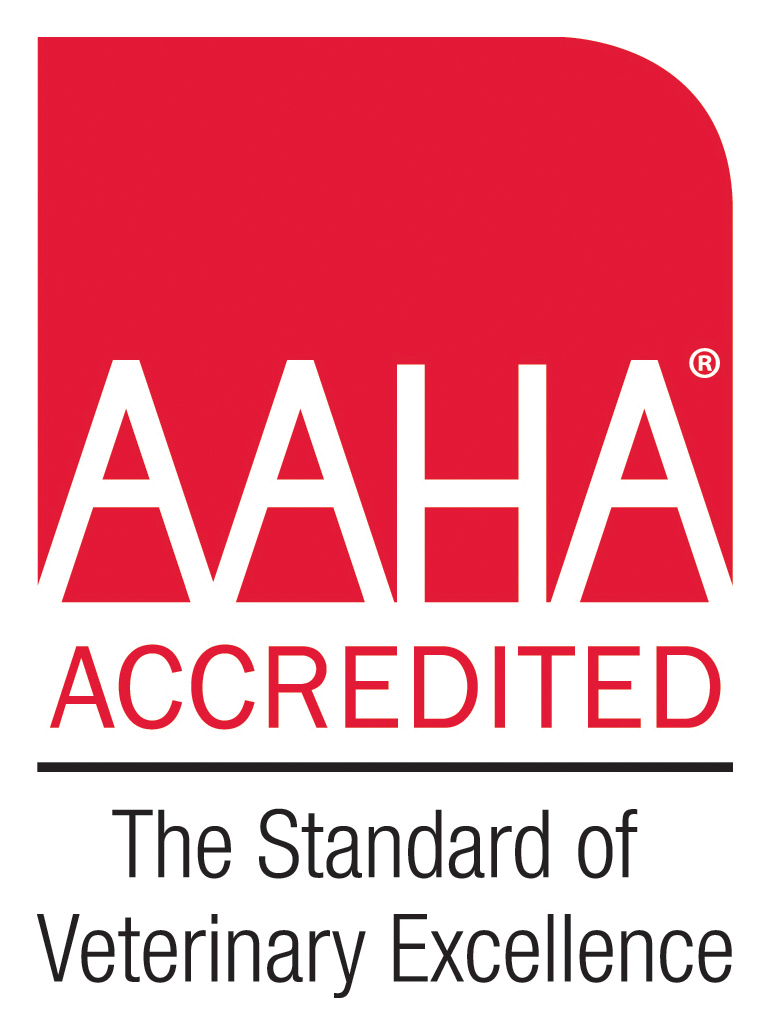
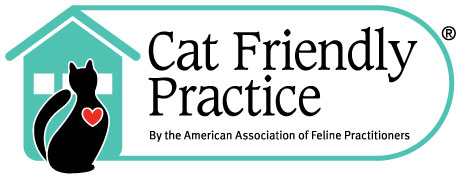


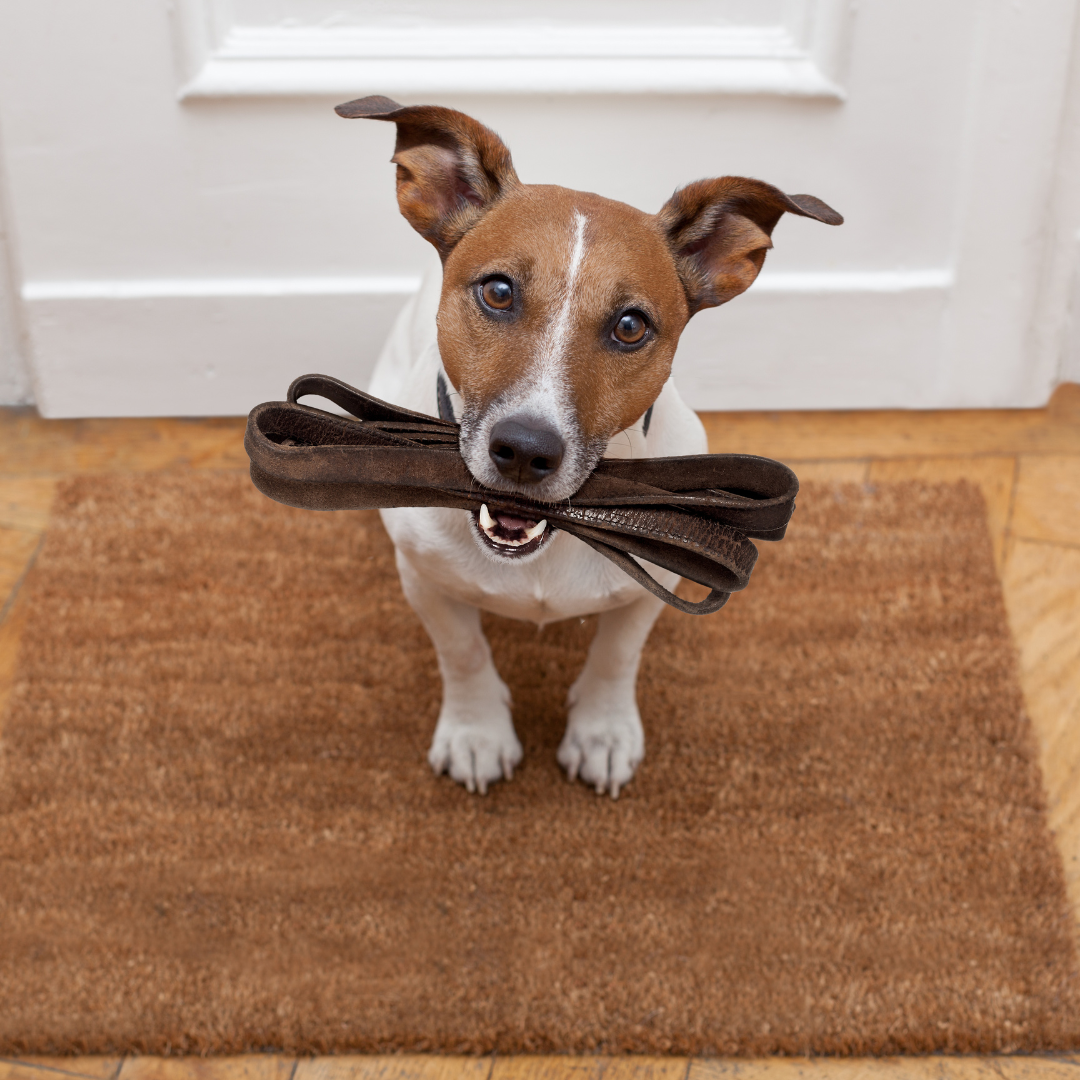

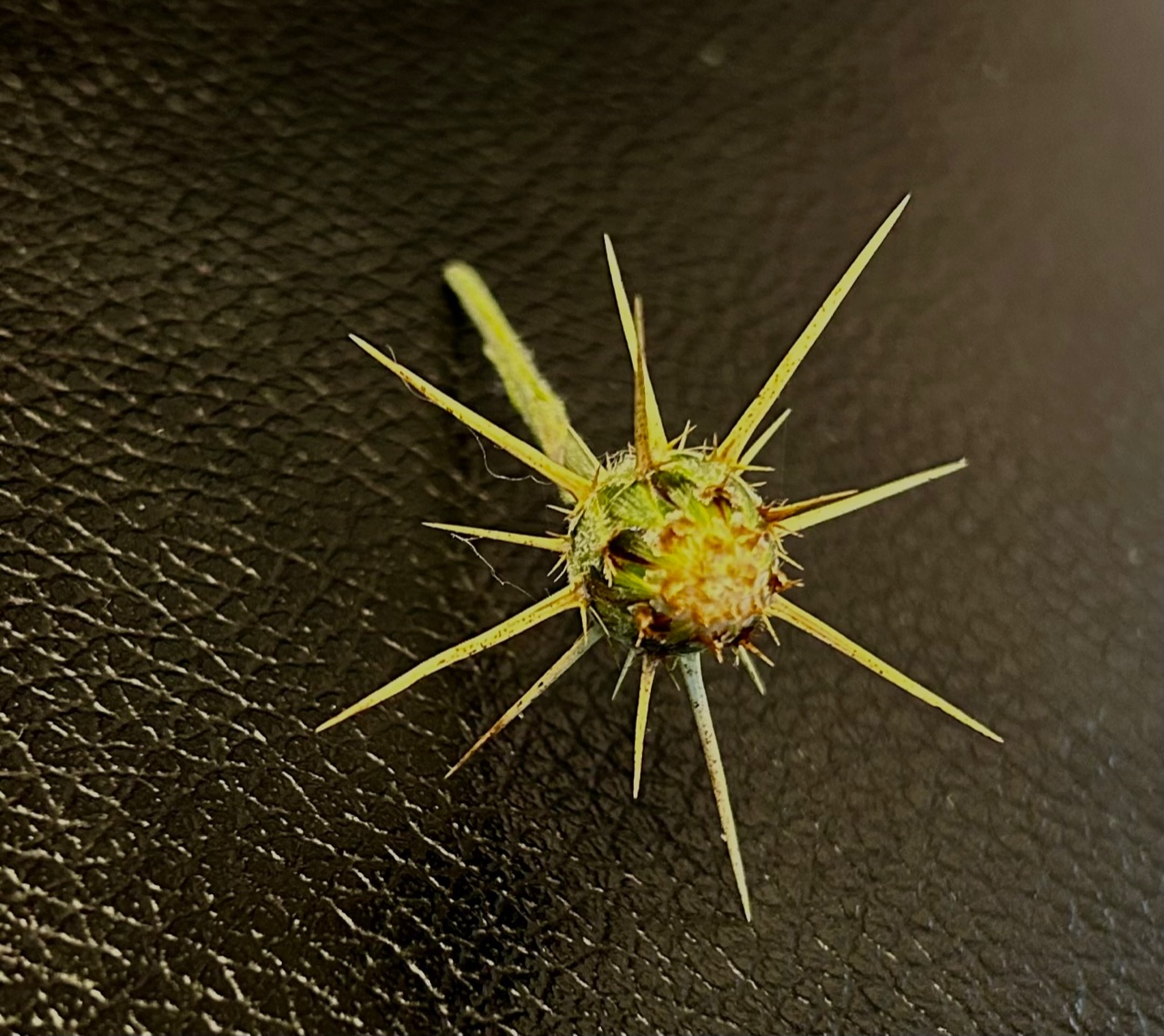

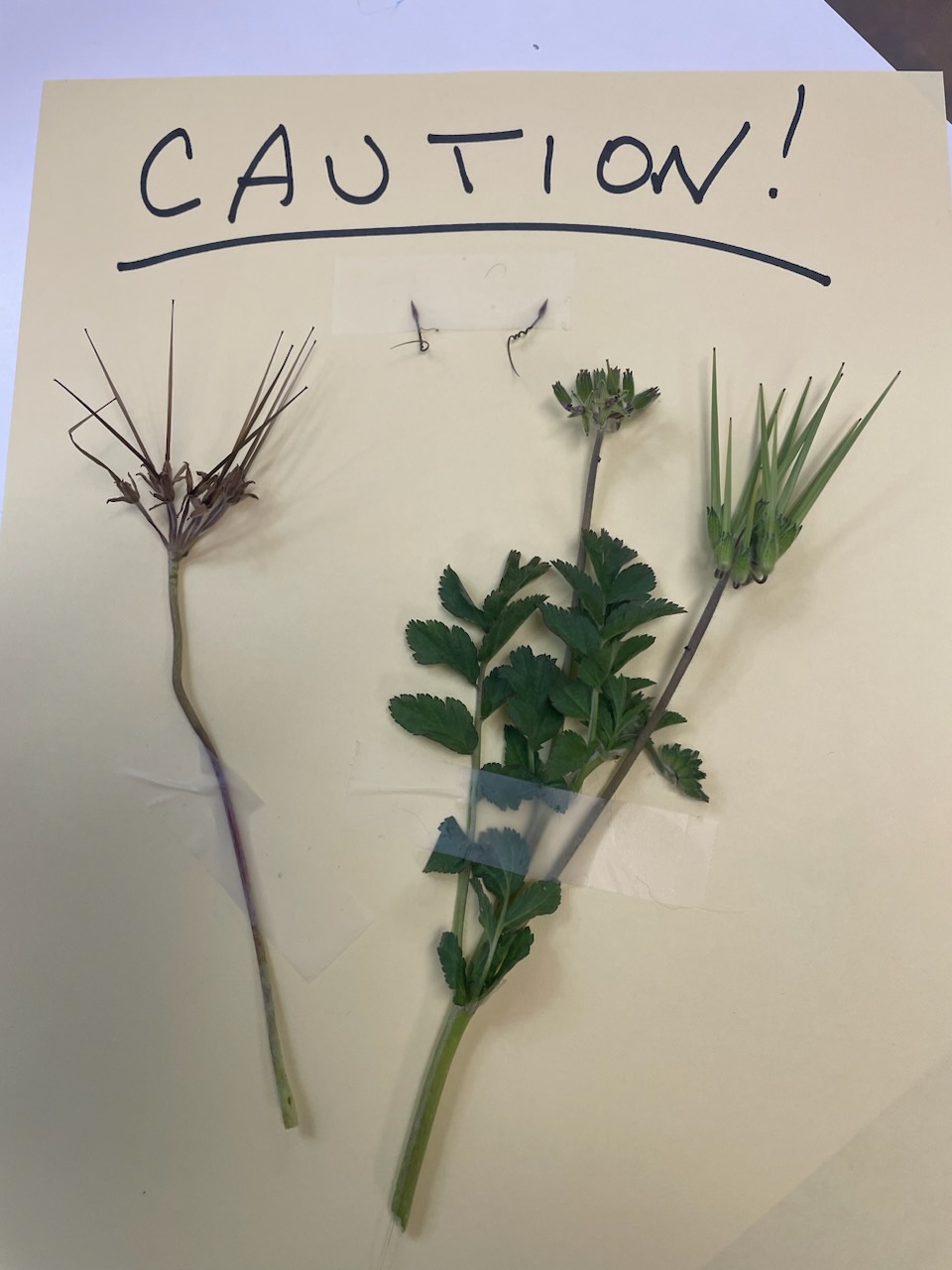
Leave A Comment
You must be logged in to post a comment.